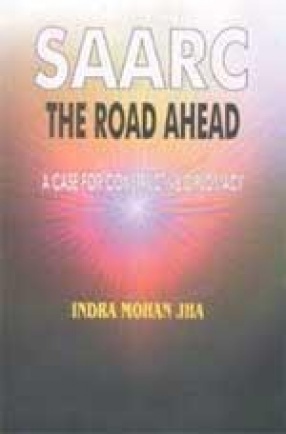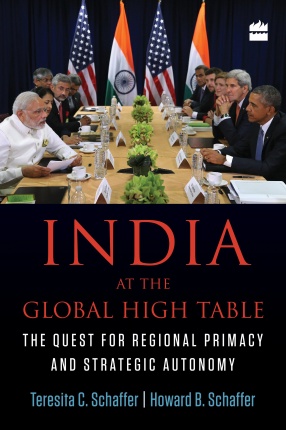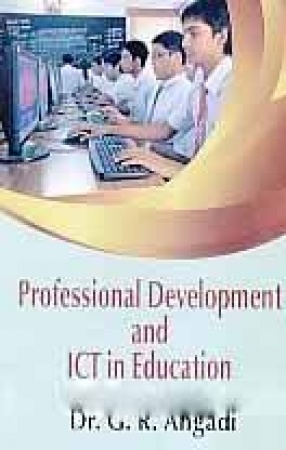SAARC: The Road Ahead presents an optimistic vision for South Asian peace and amity by considering the opportunities for cooperation offered b y the establishment of the South Asian Association for Regional Co-operation in 1985. The author’s hope is based on the analysis of development-oriented diplomacy under the aegis of the SAARC for the poorest region in the world-south Asia. The SAARC process is therefore referred to as a developmental regionalism one which stands out from the other regional blocs having overt or covert security (militaristic) related ideas and actions. The philosophy of SAARC envisages collective or individual security as rooted in development and distributive justice. It aims at consolidating the positive dimension of peace through eradicating the roots of conflict-poverty, hunger, lopsided development, human rights, violations etc. this view draw inspiration from the theories of regional cooperation/integration and earlier experiences in cooperation amongst newly independent countries, in Asia Particular. The book contests the pessimism, if not defeatism, of those who wrote off the SAARC as dead or terminally ill. The critics mistook the initial hiccups of the SAARC is its incurable last grasps. Rather unfair comparisons are drawn with other regional organizations, completely overlooking the shifting contexts of time and space. The SAARC Is held responsible, when the real culprit is South Asian Political milieu. South Asian politics is embedded in deep-rooted conflict and suspicion. Collective response to cooperative initiatives is destined to be low at the moment, because the member-states are themselves a divided house. Moreover, South Asian elites are engrossed with domestically in their diplomatic behavior for short-term domestic gains by taking narrow view of their interests, often clashing with broader regional perspective. The book warns against the votaries of such vestedi interests and their minions, whose oppose regional cooperation b y emphasizing differences and disputes. SAARC diplomacy is perceived as an exercise in containing these negative forces by collective pressure of persuasion highlighting the community of interests and minimizing discord. It searches every possible ground for accommodating clashing interest and reconciling conflict. Moreover, it is the author’s argument that the SAARC may benefit by drawing on the experience of other regional organization. The task, however, would require considerable imagination, ant not blind imitation. Therefore, SAARC is envisioned as a movement for participatory interdependence amongst South Asian People towards their collective welfare that would bring respite from present pathetic conditions. Societal base for this is being prepared through track-two diplomacy wherein larger number of people are forming the habit of cooperation in their respective professional fields. Taking cure from the functional approach, the author foresees more cooperating in due course of time which the benefit wiped begum top spill over to the masses. This may lead to regional integration in South Asia also; if people in the Indian sub-continent resolve to rectify the blunders of the past-communal politics/two nation theory still playing divisive havoc in the region. Such a goal cannot be achieved easily. It demands new perspective based on scientific temper and commitment to peace. The task is tedious, time taking, at times appearing utopian, but well worth working for translating the SAARC vision into reality.
Yogasana Darsika
$20.70
$23.00






There are no reviews yet.